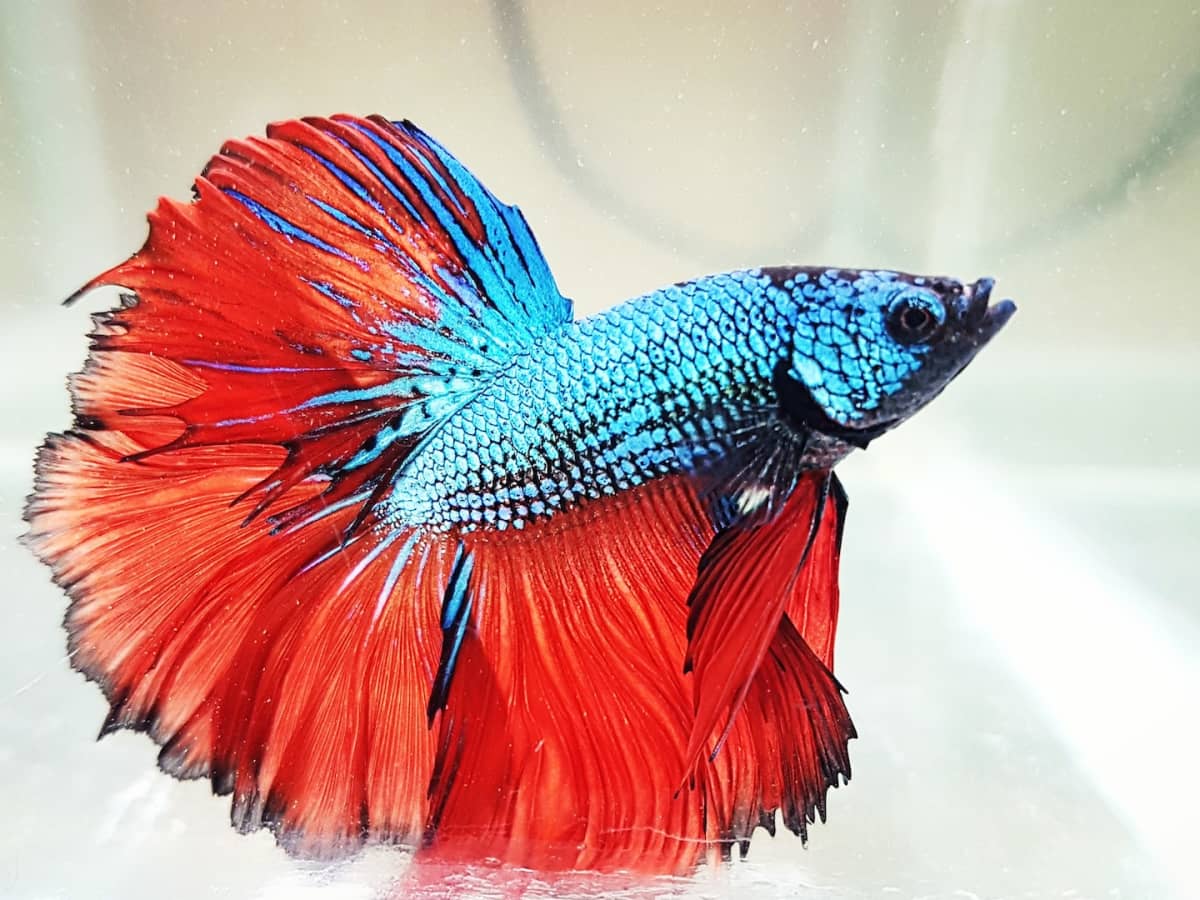Everything About Betta Fish: Comprehending Their Unique Requirements, Behavior, and the Best Practices for Optimum Care
Recognizing the one-of-a-kind requirements and actions of Betta fish is necessary for any aquarist looking to offer optimum care. betta fish. As we explore these elements even more, the ramifications for both newbie and knowledgeable fish keepers come to be increasingly noticeable, elevating concerns concerning how best to fit these amazing fish in our homes.
Betta Fish Review
Although commonly appreciated for their dynamic shades and flowing fins, Betta fish, clinically referred to as Betta splendens, are intricate animals that call for particular like grow. Stemming from Southeast Asia, these freshwater fish are understood for their territorial nature and distinct actions. Betta fish show sex-related dimorphism, with men displaying extra brilliant shades and longer fins than ladies.
Their hostile tendencies, specifically amongst men, necessitate mindful consideration when housing them. Bettas are commonly kept in single-specimen containers to stop territorial conflicts. Nevertheless, they can coexist peacefully with particular compatible species in larger neighborhood tanks, provided the environment satisfies their demands.

To guarantee ideal care, aquarists must comprehend their distinct behavioral qualities, dietary demands, and habitat needs. betta fish. With appropriate attention, Betta fish can exhibit their dynamic characters and thrive in a well-kept fish tank setting
Natural Environment and Atmosphere
Betta fish prosper in a diverse series of all-natural environments, largely discovered in the shallow waters of Southeast Asia, including rice paddies, swamps, and slow-moving streams. These atmospheres are defined by cozy temperature levels, usually between 75 ° F and 82 ° F(24 ° C and 28 ° C ), and a pH degree varying from 6.5 to 7.5, which is ideal for their health and wellness and well-being.
In their natural surroundings, Betta fish are accustomed to dense plants, providing both shelter and breeding premises. The existence of plants such as floating water lilies and thick turfs not just offers security from killers but likewise adds to the oxygenation of the water, which is necessary for their breathing needs. Additionally, these settings typically have areas of still water, enabling Betta fish to display their all-natural actions such as bubble nesting.
Recognizing the natural environment of Betta fish is important for aquarium lovers. Reproducing these conditions-- via water temperature, pH equilibrium, and the inclusion of real-time plants-- can substantially boost the total wellness and long life of these exciting fish, ensuring they thrive in a home aquarium setup.
Social Habits and Interactions
Understanding the social habits and communications of Betta fish is important for successful fish tank monitoring. Betta fish, or Siamese battling fish, are understood for their unique behavior attributes, characterized primarily by territoriality and aggressiveness.
Alternatively, look at this site female Bettas display much less hostile behavior and can exist side-by-side in groups, known as sororities, if presented appropriately. Nonetheless, it is essential to check their communications carefully, as power structure and dominance can result in problems. Understanding the characteristics within a Betta neighborhood is essential; establishing concealing spots and guaranteeing adequate space can reduce aggression.
Additionally, Betta fish may also present inquisitiveness and social behaviors in the direction of other varieties. While they can coexist with particular non-aggressive container mates, it is important to pick compatible species to stay clear of stress and anxiety and aggressiveness. On the whole, acknowledging these social communications is crucial to fostering a harmonious fish tank atmosphere for Betta fish.
Important Treatment Standards
Giving proper take care of Betta fish is crucial to their wellness and well-being. To ensure a growing atmosphere, it is vital to keep ideal water conditions. The water temperature level should be kept in between 76 Get More Info ° F and 82 ° F(24 ° C to 28 ° C), while pH levels must range from 6.5 to 7.5. Regular water changes-- about 25% regular-- aid maintain water top quality.
Betta fish require a suitable container dimension; a minimum of 5 gallons is advised to offer ample space for swimming and hiding. Include decors and plants to develop a stimulating setting, however avoid sharp items that might hurt their delicate fins.

Finally, make certain the tank is outfitted with a filter to maintain the water clean, but make use of a gentle filter to avoid strong currents that can stress the fish. By adhering to these crucial treatment guidelines, owners can advertise a healthy and balanced and dynamic Betta fish.
Common Health Issues and Solutions
In the care of Betta fish, awareness of typical health and wellness problems is crucial for preserving their well-being. To treat fin rot, boost water problems and think about using a broad-spectrum antibiotic.
One more common disorder is ich, a parasitical infection identified by white areas find out here on the fish's body (betta fish). Treatment includes boosting water temperature and adding aquarium salt to the storage tank, as this can help remove the parasite
Swim bladder disorder is additionally often observed, bring about buoyancy problems. This problem might arise from overfeeding or irregularity. A fasting period of 24-48 hours, followed by a diet of blanched peas, can offer relief.
Last but not least, bettas may deal with velvet condition, indicated by a gold dust-like look on their skin. Treatment usually needs medicine specifically designed for exterior parasites, along with enhanced container health.
Routine tracking of water parameters, maintaining a tidy atmosphere, and offering a balanced diet plan are vital preventive measures. By addressing these health and wellness problems promptly, Betta fish can lead healthier, much more lively lives.
Verdict
In recap, effective betta fish treatment calls for an understanding of their distinct needs and habits. Offering a suitable atmosphere, consisting of proper tank size and water conditions, is vital for their wellness. Furthermore, recognizing their territorial nature and guaranteeing appropriate hiding areas can stop hostility. Routine surveillance of health and wellness and water top quality, in addition to a well balanced diet, adds to the durability and vibrancy of betta fish. Complying with these guidelines will certainly cultivate a growing aquatic environment for these captivating creatures.